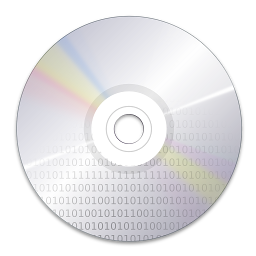Geting back to KMix.
Made a new version of the LFE icon  to better say sub-wolfer, an icon for the PCM channel
to better say sub-wolfer, an icon for the PCM channel  (digitally converted analog wave) and the CD channel
(digitally converted analog wave) and the CD channel  .
.
 to better say sub-wolfer, an icon for the PCM channel
to better say sub-wolfer, an icon for the PCM channel  (digitally converted analog wave) and the CD channel
(digitally converted analog wave) and the CD channel  .
.

Comments
I think they don't add any useful information for users.
Otherwise you are left with trying to represent the sound produced, such as an earthquake.
For the inputs a picture of a physical object, is it has one. The PCM might have a more square wave to show it is digital, or representation of the laser light from an optical digital audio cable.
I notice that my AV amp has virtually no icons, but icons make it faster to recognize or differentiate something than reading the word(s).
There is a kind of separation: master volume control, output adjustments (left-right balance, front-back balance, treble and bass tone controls, analogue/digital/Bluetooth output), input levels (mic, aux, CD, modem/phone, PC speaker/bleep, video/TV/Radio, Midi synth...)